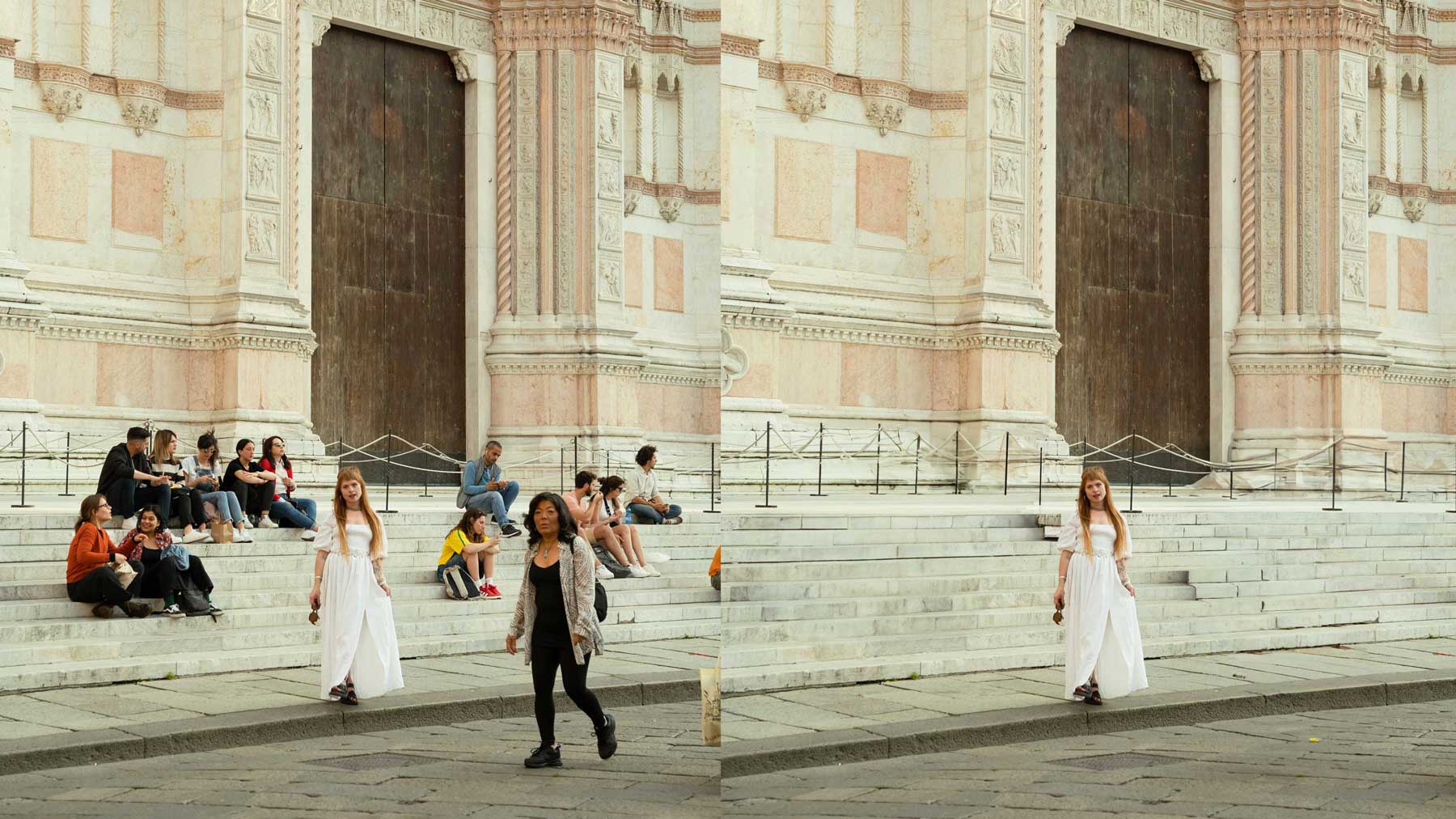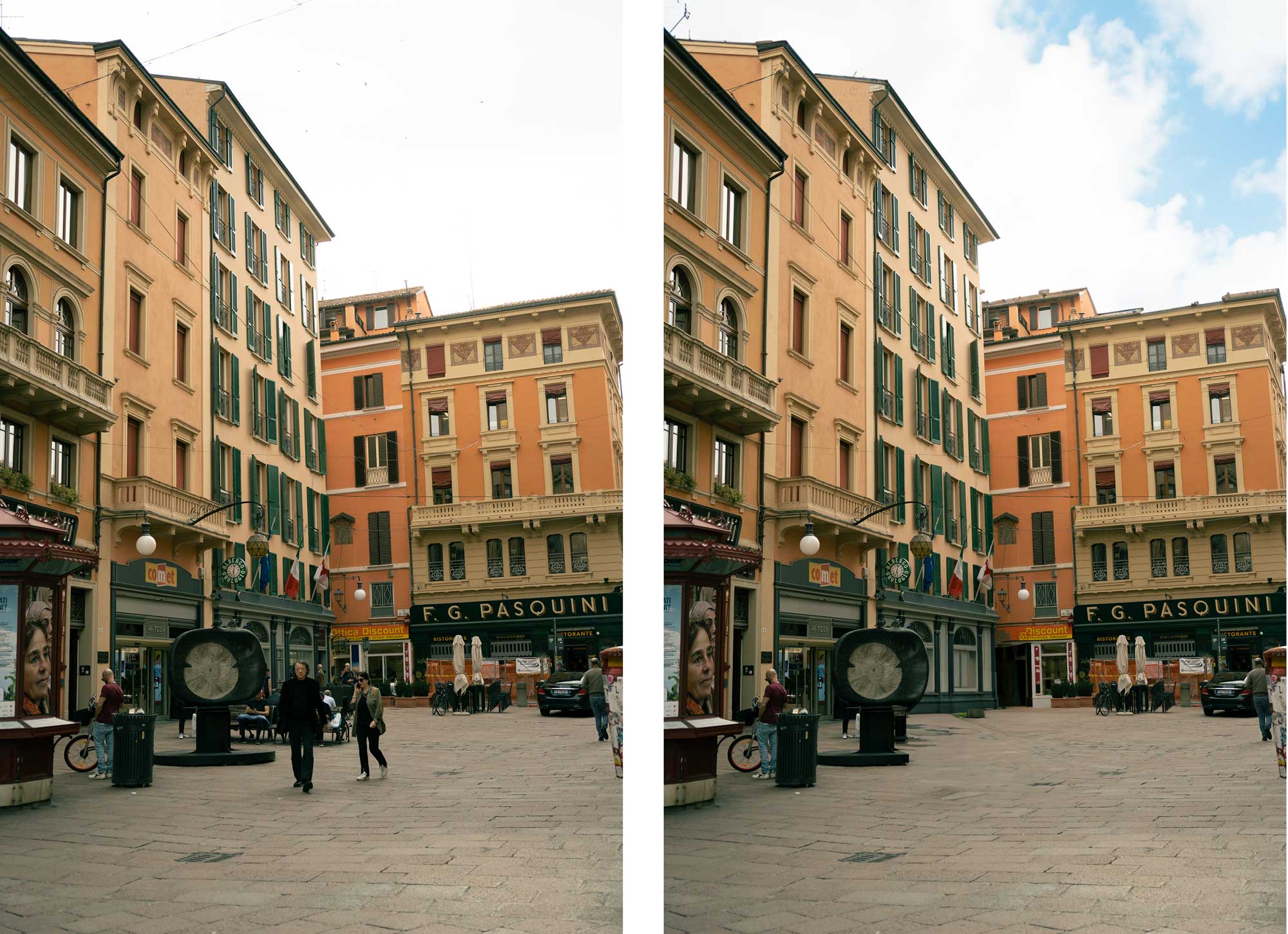
It’s not very often I am completely blown away by a software update but the integration of Adobe’s Firefly Generative AI tools with Photoshop is undeniably impressive. This could, and most likely, will change the way we edit photos. You can say goodbye to the laborious task of carefully cloning unwanted objects out of pictures or trying to work out what the photo would look like if a certain object was removed. Instead you can focus on the fun stuff – taking photos and color grading.
If I had a $1 for every time someone has mentioned AI to me recently I’d probably be able to quit my job and buy a villa in Ibiza (the dream). I literally can't get through a day without it popping up in conversation, hearing about it on the news, or telling anyone who will listen about the latest AI-related scandal. I’m still trying to work out where my views lie. Ultimately I think they change depending on the use of it, what I'm not unsure of is that it's here to stay.
• This is the best photo editing software – retouch, refine, and elevate your photos
Adobe’s generative fill integration is a huge stepping stone when it comes to including AI naturally within an editing workflow. While it’s not quite good enough (yet) to put retouchers out of a job, considering this is just the beta version of the tool, I’m not hopeful there will be many human retouchers in ten years' time. Already, Adobe has introduced neural filters which enable you to select a person's face and apply beauty edits such as skin smoothing or adding makeup, but Generative Fill takes things up quite a few levels.

I was lucky enough to spend the last few days in Bologna for the opening of an exhibition at the Mast Fodzione and while I was there I decided to put Photoshop's generative fill capabilities to the test. When you’re on holiday, there is nothing more annoying than taking a photo in a stunning location but having other tourists ruin it (how dare they?!) However, with generative fill, you can simply delete on command, leaving you with a photo that makes it look like you were the only one there. VIP or what?
What’s best is it is so easy to use and spits out the results in no time. You don’t need to be highly skilled with Photoshop either, you just have to be able to open an image and tell Photoshop what you want in a text field, using natural language. That means that even someone with no background in photography could suddenly start creating seriously Instaworthy images.
The photo I used to test the software was taken at Bologna’s Piazza Maggiore just as the sun was setting. People gathered on the steps in front of the Basilica di San Petronio where I decided to position myself to take the shot. As expected, the end result showed captured me in the center surrounded by people chatting, walking through the frame, and enjoying the view. It took me less than 5 minutes to erase them all leaving a shot that any influencer would be proud of.
Okay, it wasn’t perfect, there were a few errors that a carefully trained eye could notice. The railings and a few dodgy steps don't stand closer inspection, but on the whole, someone who doesn’t work in photography probably couldn’t tell – certainly not on a quick swipe. Also if you’re just posting it on Instagram you won’t even view it that big so again would be very hard to notice.
Personally, I think this is a great use of AI. Cloning objects out of a photo is boring, time-consuming, and infuriating when you can’t get it right. It takes time away you could spend doing other things such as planning shoots, editing other images, or taking some much-needed you-time. It might be the lazy way out but time is money and as they say, work smarter, not harder.
Why waste energy on doing a task that can be done for you - we are moving towards a world where automated actions will become the norm so instead of shaming people for taking advantage, think about how it could change your work life too.







